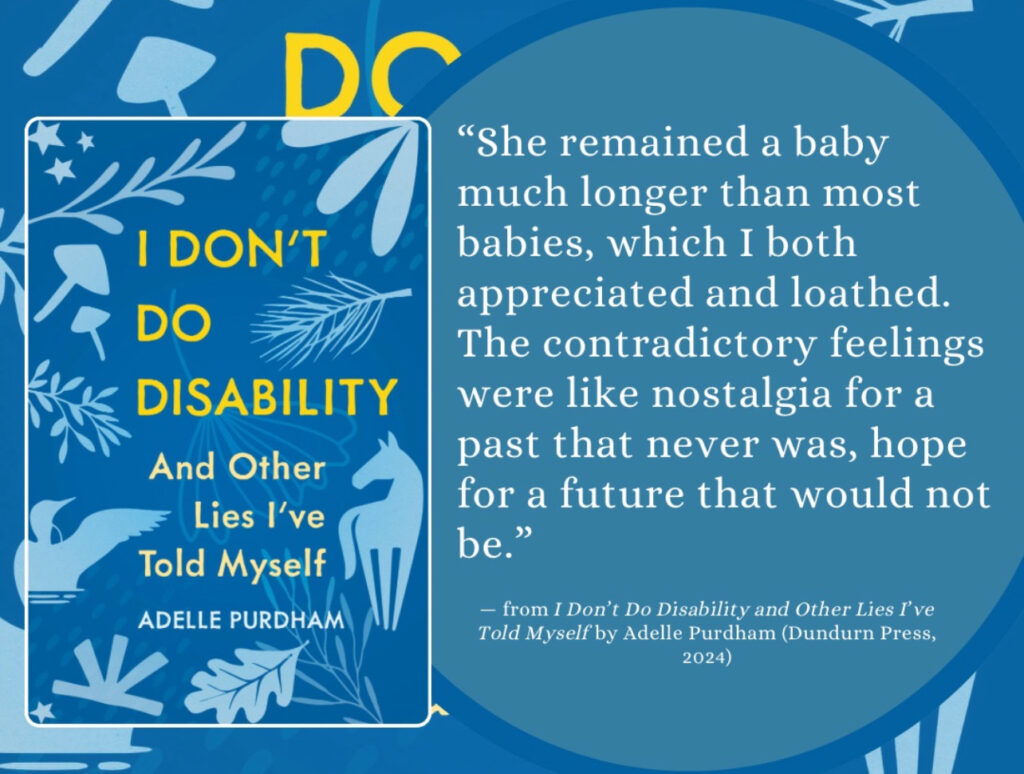
Michelle Keene’s* daughter Abby* was 14 when she tried to make herself sick by drinking perfume. This year, at 16, the Kitchener, Ont., girl began cutting herself, regularly using a razor to draw blood in several places on her thigh.
Abby is far from alone. According to Dr. Susan MacKenzie, clinical head of Outpatient Child, Youth and Family Services for the Centre for Addiction and Mental Health in Toronto, says there’s been a dramatic increase over the last few years in the number of Canadian youths engaging in self-harm. It’s most common in teens – though Dr. MacKenzie recently treated an 11-year old – with girls more likely to engage than boys.
Self-harm may take the form of cutting, burning, compulsively overdosing on pills, substance abuse –“with anything they can get access to,” says Dr. MacKenzie – and even reckless sexual behaviour.
“A lot of kids use self-harm as a way to regulate emotions that may feel out of control,” says Dr. MacKenzie, stressing that they’re not necessarily trying to kill themselves. The actions help them calm down and cope with stress or painful emotions when they’re feeling overwhelmed.
In Abby’s case, the first bout of self-harm came after her parents cut her off from friends after an online relationship. This time followed a breakup with her boyfriend, and has happened in the midst of custody issues and what Michelle believes to be stresses associated with visits to her father’s home.
Why the recent rise in self-harm? Based on what she sees with her patients, Dr. MacKenzie has a couple of theories. “There may be a contagion effect,” she says. “It could also be related to the Internet and social media use. There are websites and chat rooms where you can post pictures of self-harm or seek help, and while some can be helpful, others can be inadvertently glamorizing the behaviour.” Michelle’s daughter shared a hidden Instagram account with her, where she keeps photos of her cuts.
If you’re concerned your teen could be struggling with emotions, look for changes in behaviour, such as:
- becoming withdrawn from family, friends or extracurriculars
- academic shifts
- covering up in warm weather
- signs of blood or unexplained sharp objects
Even if all seems well, Dr. MacKenzie suggests broaching the subject casually with your teen. “You could start with, ‘I read an article about this, have you heard of it? Do you know anyone who’s doing this?’ You can also say ‘I’m here for you, I’m hoping if there’s anything going on that you would tell me, or if you’re not comfortable, tell someone else.’”
Dr. MacKenzie stresses that when parents learn of self-harm they’re naturally upset, but should try to remember that the child is already struggling with something big, so it’s important to keep a nonjudgmental, open mind.
Michelle, whose daughter has been diagnosed with anxiety disorder and panic attacks, admits to a range of emotions, including sadness and guilt. She laments, “The scars are little cuts on my heart that tell me somehow I’ve failed her.”
If the harm doesn’t require emergency treatment, Dr. MacKenzie says your pediatrician or family doctor can be the first step. Most doctors will make a referral to another professional to further explore the issues and possible therapy. With her patients she often uses dialectical behaviour therapy, a “skills-based therapy that helps youth with emotion regulation, distress tolerance, and mindfulness practice.”
It’s also important to inform your child’s school about the self-harm, in order to access support and resources. “Help is out there and treatments are available,” says Dr. MacKenzie. “It doesn't have to be all on the family; they don’t have to bear this alone.”
*names changed
Originally published in ParentsCanada magazine, May 2015.


















